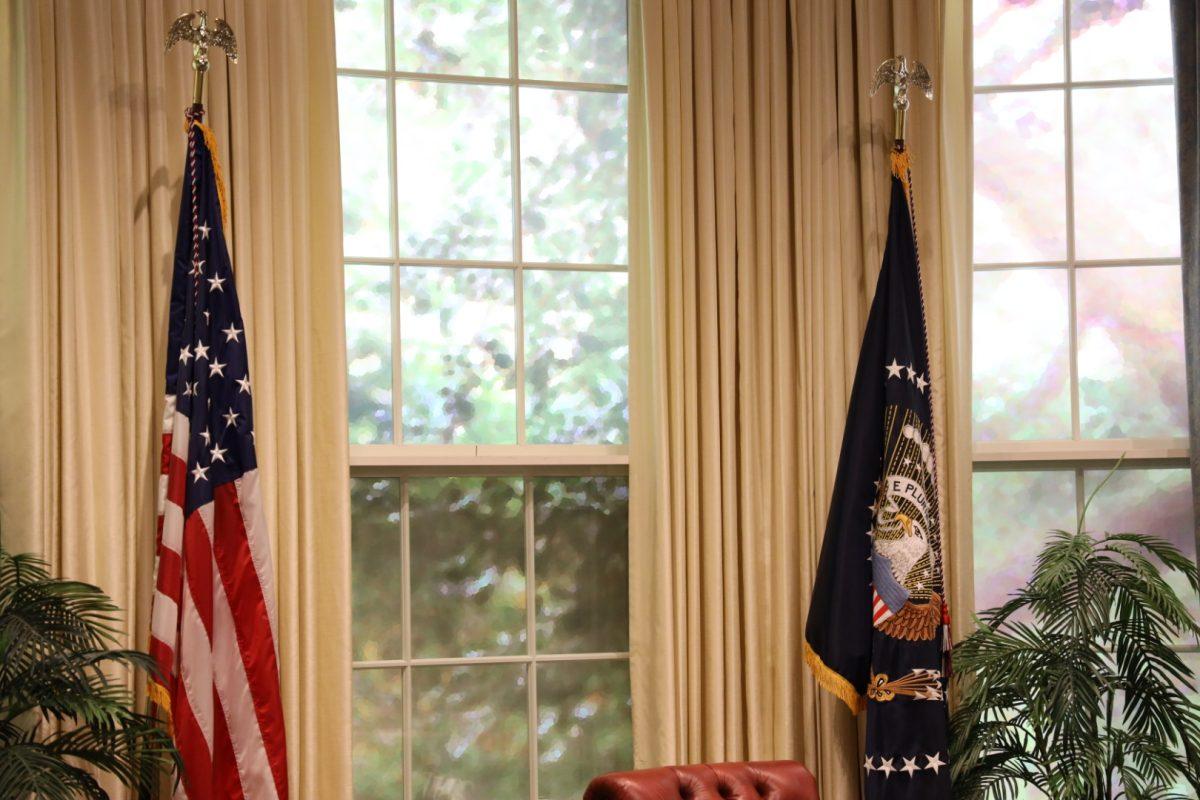On Feb. 4, President Joe Biden ordered the takedown of a Chinese surveillance balloon. At around 2:30 p.m. EST, an F-22 successfully shot the balloon off the coast of South Carolina over the Atlantic Ocean.
What officials at the Department of Defense and White House revealed and confirmed was that the balloon is tied to the People’s Liberation Army, or PLA. They confirmed the surveillance balloon was sent to survey and gain strategic knowledge about U.S. military sites. More specifically, the balloon contained antennas, solar panels and other technology not associated with typical weather balloons.
Emeritus professor of the practice at The Bush School’s Intelligence Studies Program, James Olson, said the surveillance balloon sent over by China was a test for the United States.
“[China] wanted to test the U.S. reaction time and see how fast we [U.S.] would respond,” Olson said.
Olson also said the use of a balloon for surveillance made no logistical sense. The balloon is a large white object that can be spotted by the ordinary eye; the technology on this balloon is also very limited, Olsen said. The balloon itself should not be of concern, it’s more about the action.
“Chinese espionage is a real threat, but it’s not coming from a balloon,” Olson said.
“Satellite intelligence is the bigger concern, especially since no one has control over space and what’s up there.”
Olson said this incident should not put people over the edge, and although China violated U.S. airspace, it is not a prelude to all-out war.
Terry Anderson, a professor at the Department of History who specializes in modern U.S. history, pointed out that countries spying on each other is not new. He cited multiple scenarios from the Cold War Era; one of them being when the Soviet Union shot down a U2 spy plane in 1960 that belonged to the U.S. and aerial photos which emerged from a spy plane over Cuba that started the Cuban Missile Crisis. Anderson also said the 21st century has changed the act of “spying” in a drastic way.
“We have never had something like this in the digital age and in the satellite age” Anderson said.
The Chinese balloon isn’t about getting intelligence on strategic U.S. locations, but rather about testing the U.S. Government and Biden administration, Anderson said.
“They are going to take a picture of what? They are going to take a picture of a lot of dry land … All it [the balloon] is going to do is irritate this administration,” Anderson said.
Anderson said this incident will fade away from the headlines.
“They’ve hurt the U.S.-China relations … Xi will be more cautious,” Anderson said. “This event is going to blow over, just like the balloon. They are not going to send any more of these. The last thing they want is a war.”
Brian Rouleau is a professor at the Department of History who specializes in 19th-century U.S. history. Rouleau said there was no big surprise here.
“Most historians whose reactions I’ve seen to this balloon incident don’t make much of it as some others might because it’s so common,” Rouleau said. “All great powers engage in acts of surveillance over one another. The United States is a nuclear power and China is a nuclear power. What we want to avoid are episodes that result in dramatic escalation.”
Rouleau said because there have been incidents like this before, not to worry. Looking back at history can give the answers to the future, he added.
“In the past, the United States has been placed in direct confrontation with other great powers that represented a far more dire threat,” Rouleau said. “Even in those dramatically more serious incidents, ultimately the negotiations, compromise, diplomatic engagement, were able to resolve these issues. History is calling out to us and saying, it’s been far worse.”




















